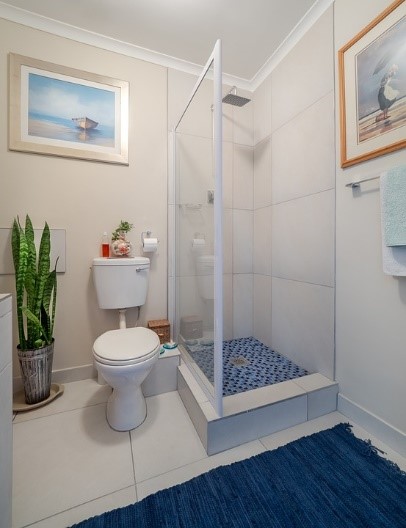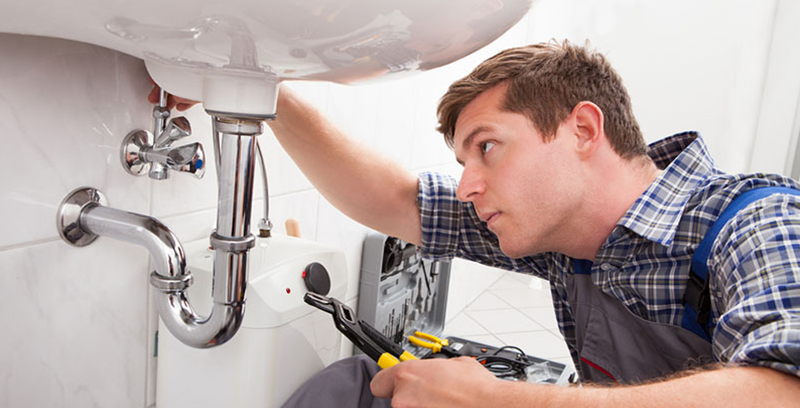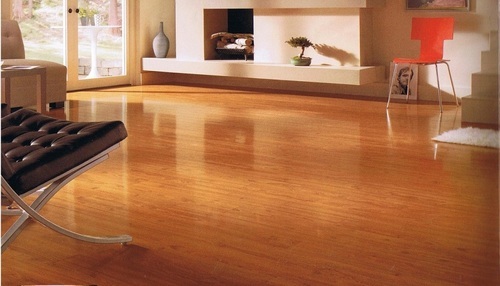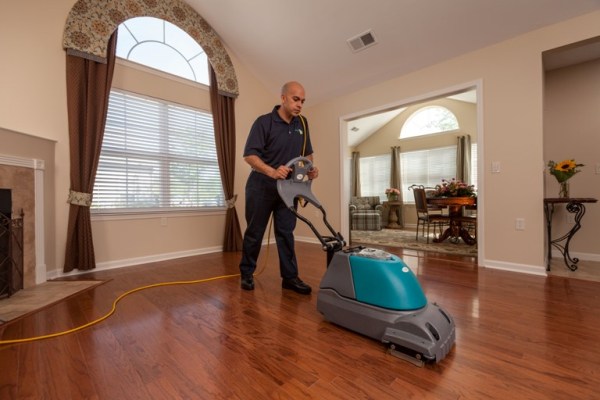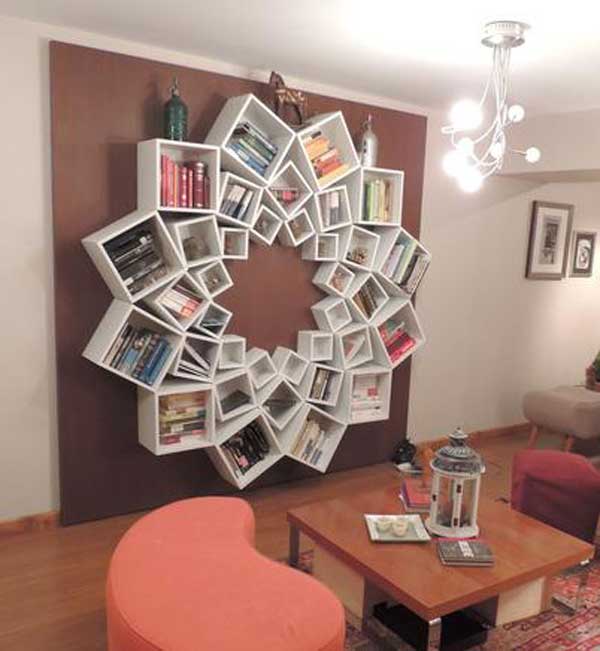Plastering a wall is often done by professionals. However, anyone who is confident enough to undertake minor DIY projects can plaster a wall by following methodical steps and using the right tools. If you take time to learn the process and know your way around construction, it is likely that you will be able to succeed in a renovation project that involves plastering.
The first step to the process is to ensure that you have a complete set of tools and materials. Don’t forget some small but essential materials such as brick tape. Aside from rendering supplies and plastering supplies, make a checklist to include some of the most important tools and materials. If you are working outdoors, you may also need a temporary downpipe.
Guide to wall plastering
Once you have gathered all the materials, then you can proceed with the steps to plastering.
- Preparing your work area. You need to make sure that you have a spacious and clean area to work in. Move away any furniture that may get damaged in the process. You can also lay dustsheets on the floor and over other fixtures you want to protect. Don’t forget to secure the dustsheet using tapes. You can use any kind of tape like protection tape or duct tape.
- Applying bonding agent. The next important step is to apply a bonding agent like PVA to the wall. Bonding agent helps plaster to evenly dry out after application.
- Mixing the plaster. You need to take some precautions before mixing plaster material such as wearing a mask. A professional tip is to mix plaster into the water and not water over plaster. The consistency of plaster should be like thick custard. You also have to ensure that the mixture is not lumpy.
- Applying plaster. Make sure that you are marking areas for plastering using a stucco tape. This can also guide you in applying the plaster more evenly. When applying plaster, begin at the very top and work your way to the bottom. If you are not an expert in the application, you can start with small amounts until you start to get the hang of it.
- This step is done to smoothen the first layer of plaster. You should allow the plaster to dry for a bit before using a trowel or a straight edge to smoothen any bumps or lumps.
- This step is considered optional, but this can be done to remove roughness before adding a secondary coat of plaster. Scraping also helps the second layer of plaster to adhere better. You can use a special tool called a devilling float or even a fork.
- After applying the second or final coat of plaster, you need to finish up the work by spraying water over the surface then use a trowel to finish up and smoothen the surface. Instead of a trowel, you can also use a wet sponge or brush.
Following these steps should help you achieve a successful plastering project. You can find additional tips online from professional plasterers who are willing to share their tricks of the trade.

